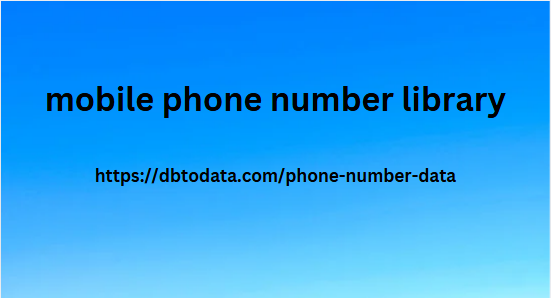Our Marketing Director, Richard Graves, recently gave a presentation on social media to a Bristol networking group, and found that one of the most frequently asked questions was ‘How do I use Twitter for my business?”
As we’ve already mentioned
Twitter is proving a useful tool for businesses (for engaging with and updating clients / customers / suppliers / peers), but we realise that getting started can appear daunting.
The confusing jargon (‘retweets’? ‘hashtags’?) doesn’t help.
Although it boasts a startlingly simple concept, to the uninitiated netherlands phone number data Twitter can seem like a closed book; at GWS, we believe that (unlike some other forms of social media) it doesn’t really make sense until you’re actually using it.
While the high-profile names whose public misadventures with Twitter can inspire further caution, there is plenty of help at hand – and remember, you can always delete Tweets you post in error.
We recommend setting up an account and browsing what’s on Twitter; you may well find that it is relevant for marketing your business, since it exposes you to a likeminded community stretching across the globe.
Whilst there are certainly some things to be aware before you get who is account based marketing for? started (see this useful article for a brief rundown) you can, if you feel confident, start tweeting immediately.
Try following our instructions below on how to get started
1. Setting up your Twitter profile.
There are a number of things that can maximise Twitter’s potential in business terms.
First, write an intriguing and informative description of what/who you are. Make it clear where you are located; consider including your location in your title (eg. BristolCookerySchool, ManchesterCeramics). Use a japan data business name, not a personal one, depending on your business. Think about who you want to see your name and tailor it accordingly.
Second, customise your profile so that it incorporates your business branding. Twitter provides various theme backgrounds, but the best way to show that you know what you’re doing is to customise further; either by uploading your own image (perhaps the logo from your website) or by using an application like Themeleon.

